Charis Lanaras
Super-resolution of Sentinel-2 images: Learning a globally applicable deep neural network
Oct 01, 2018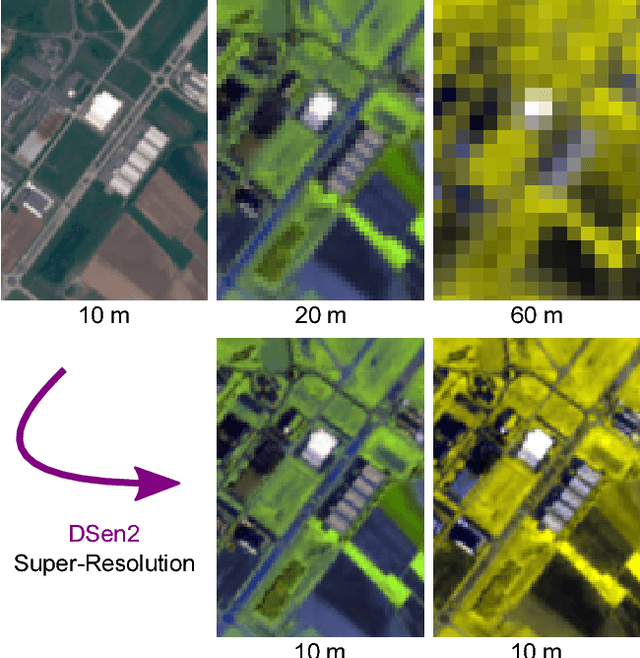


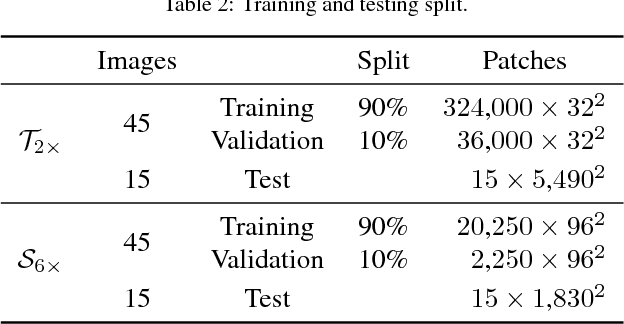
Abstract:The Sentinel-2 satellite mission delivers multi-spectral imagery with 13 spectral bands, acquired at three different spatial resolutions. The aim of this research is to super-resolve the lower-resolution (20 m and 60 m Ground Sampling Distance - GSD) bands to 10 m GSD, so as to obtain a complete data cube at the maximal sensor resolution. We employ a state-of-the-art convolutional neural network (CNN) to perform end-to-end upsampling, which is trained with data at lower resolution, i.e., from 40->20 m, respectively 360->60 m GSD. In this way, one has access to a virtually infinite amount of training data, by downsampling real Sentinel-2 images. We use data sampled globally over a wide range of geographical locations, to obtain a network that generalises across different climate zones and land-cover types, and can super-resolve arbitrary Sentinel-2 images without the need of retraining. In quantitative evaluations (at lower scale, where ground truth is available), our network, which we call DSen2, outperforms the best competing approach by almost 50% in RMSE, while better preserving the spectral characteristics. It also delivers visually convincing results at the full 10 m GSD. The code is available at https://github.com/lanha/DSen2
* 19 pages, 11 figures
Learned Spectral Super-Resolution
Mar 28, 2017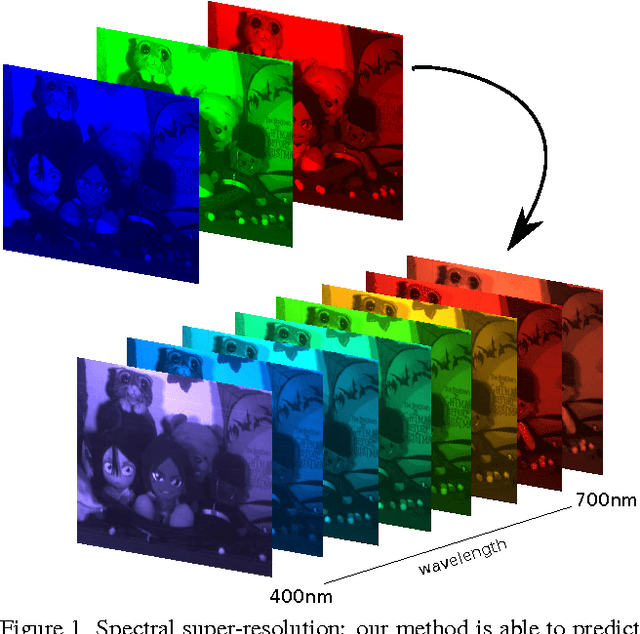

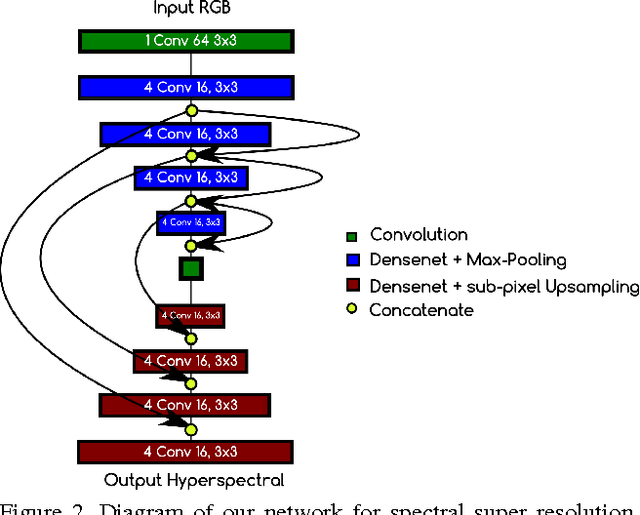
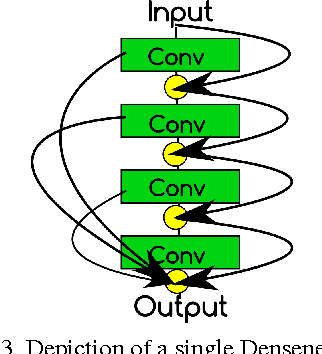
Abstract:We describe a novel method for blind, single-image spectral super-resolution. While conventional super-resolution aims to increase the spatial resolution of an input image, our goal is to spectrally enhance the input, i.e., generate an image with the same spatial resolution, but a greatly increased number of narrow (hyper-spectral) wave-length bands. Just like the spatial statistics of natural images has rich structure, which one can exploit as prior to predict high-frequency content from a low resolution image, the same is also true in the spectral domain: the materials and lighting conditions of the observed world induce structure in the spectrum of wavelengths observed at a given pixel. Surprisingly, very little work exists that attempts to use this diagnosis and achieve blind spectral super-resolution from single images. We start from the conjecture that, just like in the spatial domain, we can learn the statistics of natural image spectra, and with its help generate finely resolved hyper-spectral images from RGB input. Technically, we follow the current best practice and implement a convolutional neural network (CNN), which is trained to carry out the end-to-end mapping from an entire RGB image to the corresponding hyperspectral image of equal size. We demonstrate spectral super-resolution both for conventional RGB images and for multi-spectral satellite data, outperforming the state-of-the-art.
 Add to Chrome
Add to Chrome Add to Firefox
Add to Firefox Add to Edge
Add to Edge